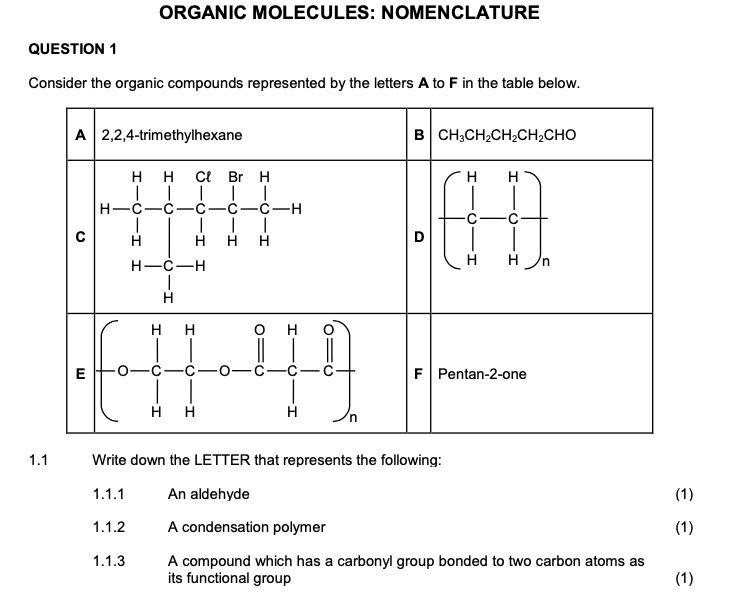JOIN OUR WHATSAPP GROUP. CLICK HERE
Acids and Bases Grade 12 Questions, Answers and Notes
Acids and Bases Grade 12 Questions, Answers and Notes Welcome toAcids and Bases Grade 12 Questions, Answers and Notes Academic Article Here you will get to Download Grade 12 Acid and Base Questions and Answers in pdf.
What are acids and bases?
We encounter many examples of acids and bases in our daily lives. Some common examples of household items that contain acids are vinegar (contains acetic acid), lemon juice (contains citric and ascorbic acid), wine (contains tartaric acid). These acids are often found to have a sour taste. Hydrochloric acid, sulfuric acid and nitric acid are examples of acids that are more likely to be found in laboratories and industry.
Understanding Acids
Hydrochloric acid is also found in the gastric juices in the stomach. Fizzy drinks contain carbonic acid, while tea and wine contain tannic acid. People even use acids in an artistic process known as acid etching. In acid etching, a metal is covered in a waxy material that is resistant to acid. The bare metal is then exposed in the desired pattern and the sample is placed in an acid bath. The top layers of the exposed metal are permanently removed, creating the desired image.
Understanding Bases
Bases that you may know about include sodium hydroxide (commonly known as caustic soda), ammonium hydroxide and ammonia. Some of these are found in household cleaning products. Bases are usually found to have a bitter taste and feel slippery (soap is a good example). Acids and bases are also important commercial components in the fertiliser, plastics, and petroleum refining industries.
Useful Acids and Bases Grade 12 Questions, Answers and Notes pdf

JOIN OUR TELEGRAM CHANNEL. CLICK HERE

Be the first to comment